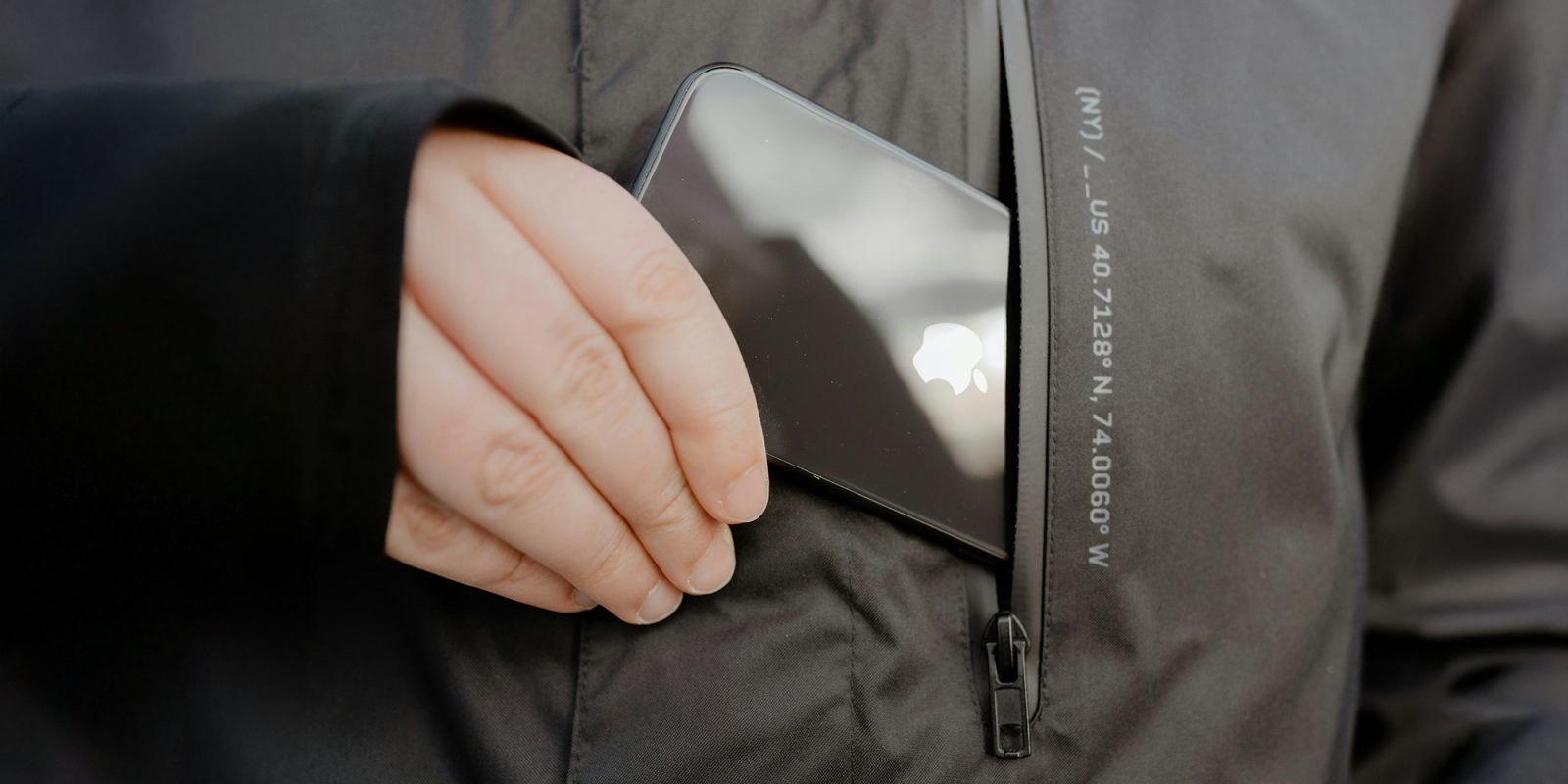
Apple’s latest theft-prevention measure went live for beta testers yesterday: Activation Lock for iPhone components.
The move is likely to generate some controversy, as it introduces another barrier to DIY repairs using parts harvested from broken devices, but the company is also working on a solution to that …
Find My
Apple’s first major theft-reduction feature was Find My. This meant that if someone stole your device, and you had access to either another Apple product or simply the web, you could track its location.
Thieves of course soon learned that switching it off would stop tracking, but Apple fixed that back in 2021.
With iOS 15, your iPhone is still traceable through the Find My network even when the device is powered off. With iOS 15, the phone is not really fully ‘powered off’, it stays in a low-power state and acts like an AirTag, allowing any nearby iOS device to pick up the Bluetooth signal and send back its location.
This also means if your iPhone runs out of battery during the day, you still have a chance of finding its location for several more hours. In fact, Apple says the location tracking will even keep working whilst the phone is reset to factory settings with Activation Lock enabled.
This feature is standard on the iPhone 11 and later.
Activation Lock
While Find My made life riskier for thieves, Activation Lock itself was a game-changer.
Introduced in 2013, it means that even if a thief completely wipes and resets an iPhone, it can’t be activated by anyone else without the original owner’s Apple ID and password.
With that single move, Apple wiped out a huge chunk of the market for stolen iPhones, since they could no longer be simply reset and sold as a working phone. All a thief could do from that point on was strip an iPhone for parts.
Activation Lock for iPhone parts
Back in April, Apple announced that it would be addressing that issue by extending Activation Lock to key iPhone components.
Apple will also extend its popular Activation Lock feature to iPhone parts in order to deter stolen iPhones from being disassembled for parts. Requested by customers and law enforcement officials, the feature was designed to limit iPhone theft by blocking a lost or stolen iPhone from being reactivated. If a device under repair detects that a supported part was obtained from another device with Activation Lock or Lost Mode enabled, calibration capabilities for that part will be restricted.
This feature has now been spotted in what we expect to be the final iOS 18 beta.
The RC (Release Candidate) build of iOS 18 released to developers and public beta testers on Monday enables Activation Lock for iPhone parts. The feature, as previously described by Apple, links your Apple Account not only to your iPhone, but also to components such as the battery, cameras and display based on their individual serial numbers.
It won’t completely solve the problem, of course, as it doesn’t cover all components, and there may be some who will accept the lack of calibration and annoying alert messages in return for a cheap repair.
But it will make a huge dent in the market for stolen iPhones, because most people won’t buy a device with obvious issues, especially when those issues suggest it may contain stolen parts.
iPhones are gradually becoming theft-proof
A thief contemplating the theft of an iPhone knows that their location can be tracked; that they won’t be able to sell it as working phone; and it will now be worth a lot less as parts.
Admittedly many phone thefts are committed by drug addicts just looking to get enough money for their next fix, and even a few dollars may be enough to motivate them to steal, but this is still a fantastic step forward in persuading thieves that they are far better off stealing other brands.
The repair controversy
The downside, of course, is that the move makes it harder to repair an iPhone using parts harvested from legitimately-acquired broken devices.
Apple resellers have previously highlighted this issue with the original implementation of Activation Lock. Private sales can get messed up when sellers aren’t aware of the feature, and don’t realize the new owner will be confronted with a demand for the original owner’s Apple ID login during the setup process. That can generally be resolved.
But corporate sales have been an even bigger challenge. It’s typical for companies to replace devices on fixed upgrade cycles, perhaps two years for an iPhone, and three to five years for an iPad or Mac. When they sell their old devices, they tend to do so in bulk, and it just isn’t practical to remove Activation Lock on each one individually.
But this too is on the way to being fixed
Apple has already introduced the ability to remove Activation Locks from Macs when wiping them, rather than when setting them up as new.
This is coming to Apple Business Manager too, so enterprise customers will be able to remove Activation Lock from entire batches of managed devices when preparing them for sale. All that is needed now is ensure that this also covers Activation Lock for parts.
With that covered, this is a fantastic step toward making iPhones almost theft-proof.
Photo by Eugene Chystiakov on Unsplash
FTC: We use income earning auto affiliate links. More.





